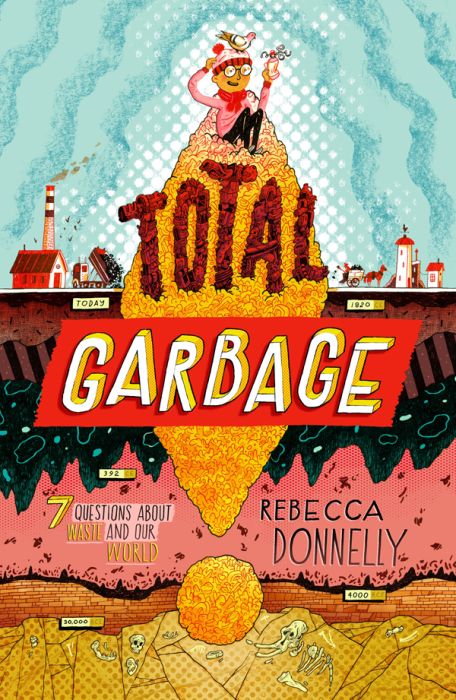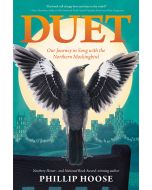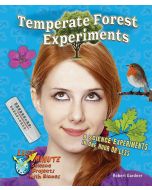
Total Garbage: From Trash Can to Climate Change
By Rebecca Donnelly
Illustrators
Illustrated by John Hendrix
Edition
By Rebecca Donnelly
Hardcover edition
Publisher Macmillan Imprint Henry Holt and Company, Inc. ISBN9781250760388
Total Garbage: From Trash Can to Climate Change
 26.02
26.02
Out of stock
SKU
9781250760388J
This middle-grade narrative nonfiction from Rebecca Donnelly dives into the scientific and cultural history of the waste humans produce.
Trash has been part of human societies since the beginning. It seems like the inevitable end to the process of making and using things, but why? Rebecca Donnelly wades into the muck of history and explores present-day innovations to answer some basic questions: Why do we make so much trash? Why are we so bad at handling it? How can we stop it (that is, us) from ruining the planet? She also looks into the out-there trash phenomena like the fatberg—a sewer-clogging floater of congealed cooking grease, baby wipes, and miscellaneous other flushed items. The current record holder for size: 800 feet long and 143 tons!
Trash has been part of human societies since the beginning. It seems like the inevitable end to the process of making and using things, but why? Rebecca Donnelly wades into the muck of history and explores present-day innovations to answer some basic questions: Why do we make so much trash? Why are we so bad at handling it? How can we stop it (that is, us) from ruining the planet? She also looks into the out-there trash phenomena like the fatberg—a sewer-clogging floater of congealed cooking grease, baby wipes, and miscellaneous other flushed items. The current record holder for size: 800 feet long and 143 tons!
|
Standard MARC Records Cover Art |
Instructional Nonfiction Science Grades 6-8
Instructional Nonfiction Science Grades 6-8
Instructional Nonfiction Science Grades 6-8
For Grades 6-8
Curious middle-school readers can explore science topics including technology, environmental science, health and medicine, and more with these 12 standalone and series nonfiction books.
12 books per Year
$312.24 per Year
Interests
Nonfiction, Science/STEAM




